-WhatsApp.
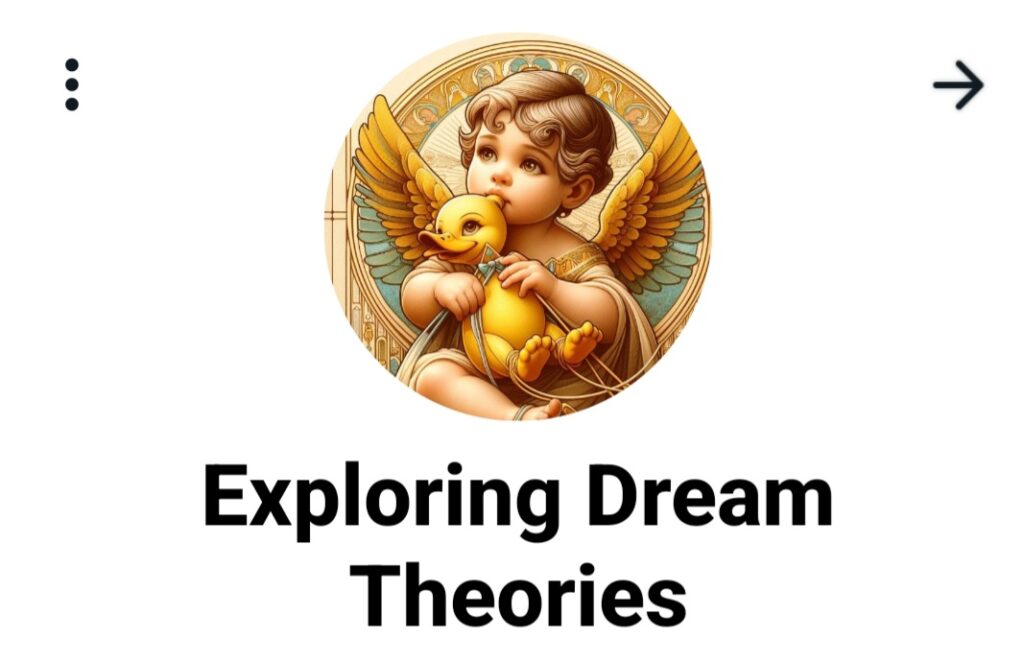
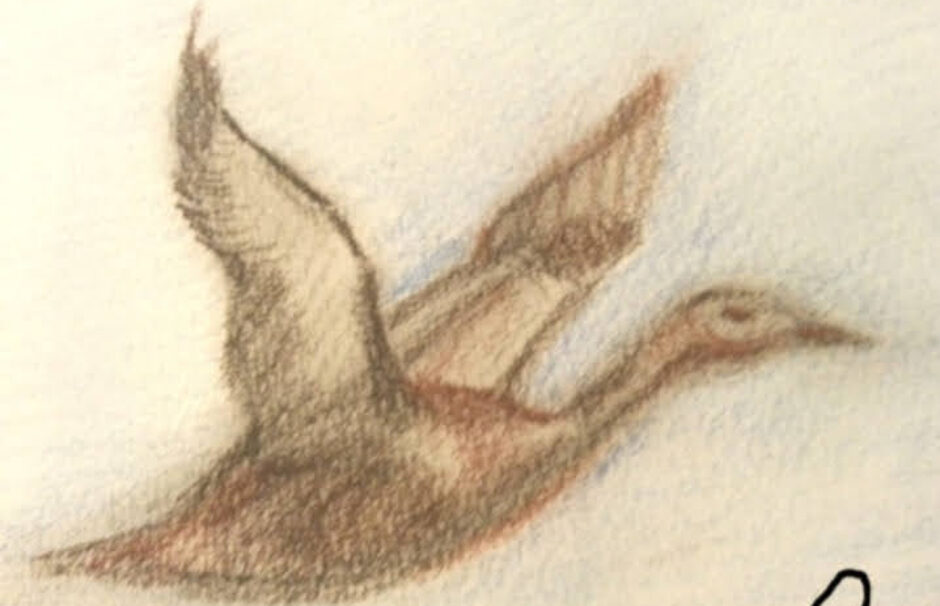
-WhatsApp.

For anyone interested in a deeper exploration of these topics, Dr. Even’s website offers a wealth of information and analytical perspectives that can enrich one’s understanding of the complex world of dreams. You can visit the site directly at DreamTheory.org to learn more about their ongoing research and findings on the fascinating subject of dreams.
Giorgio de Chirico’s art is a profound narrative that leverages the uncanny and the architectural to craft scenes that exist beyond the typical bounds of reality, embodying the core of the Metaphysical art movement. His works, characterized by their dreamlike aura and enigmatic quality, not only influenced generations of artists but also invite deep psychoanalytical interpretations that align closely with contemporary studies in dream psychology and the philosophy of mind.
Analysis of Key Works
The Melancholy and Mystery of a Street (1914)
This painting is a quintessential example of de Chirico’s style, where the sharp contrast between the vivid, stark sunlight and the elongated shadows creates a jarring visual. The depiction of the empty arcades and the small, distant figure of a child evokes a sense of vulnerability and existential dread. The spatial arrangement in the painting can be seen as a representation of the Jungian archetype of the ‘shadow’ – the unacknowledged part of the self, projecting isolation and the subconscious fears of the viewer.
The Enigma of an Autumn Afternoon (1910)
As one of the pioneers of the Metaphysical art movement, this work uses the deserted piazza to symbolize the vastness of the unconscious mind. The faceless figures suggest the depersonalization one might experience in dreams, serving as placeholders for any and every identity. This anonymity can be interpreted through Freud’s theory of the ‘uncanny,’ which posits that familiar objects can become profoundly disorienting and strange under certain conditions.
The Soothsayer’s Recompense (1913)
This composition is a complex amalgamation of symbols—each potentially a fragment of the unconscious. The classical bust and the factory smokestacks might represent the collision of the ancient with the modern, reflecting the anxieties of the 20th century. Freud might suggest that the disjointed nature of these elements reflects repressed conflicts or unresolved psychic tensions within the dreamer, which manifest symbolically in dreams.
Key Characteristics and Their Psychological Implications
The website DreamTheory.org offers a rich exploration into various aspects of dream science and psychoanalysis, integrating modern neuroscience insights with psychoanalytic theories to delve into the complexities of dreaming and consciousness.
This diverse content from DreamTheory.org underscores the multifaceted nature of dreams, linking them to psychological theories, artistic expressions, and philosophical inquiries, thus providing a comprehensive view of the intricate world of dreaming. For a more detailed exploration, you can visit their extensive array of articles and studies at DreamTheory.org.
Integration of Freudian Theory and Modern Neuroscience
Freud’s psychoanalytic theory posits that dreams reveal latent content, such as our repressed desires and unresolved conflicts. Modern neuroscience offers parallels through studies on the Default Mode Network (DMN), which remains active during REM sleep and is associated with vivid dreaming (Nielsen and Powell, 2022). This activity suggests that mechanisms underlying dreaming and mind-wandering are interconnected, supporting Freud’s conceptualization of dreams as a manifestation of our deepest unconscious processes. This synthesis of Freudian psychoanalysis with contemporary neural science not only enhances our comprehension of dreams from a psychological perspective but also underscores the potential of dream analysis for creative and therapeutic outcomes (Dreamtheory.org, 2022; Nielsen, T.A., & Powell, R.A. Neuroimage, 2022).
Lucid Dreaming and Object Relations Theory
Lucid dreaming provides an intriguing platform to explore internal psychological dynamics through object relations theory, which suggests our psyche is composed of internalized interactions with key figures in our lives (Kinderman et al., 2021). In lucid dreams, interactions with dream characters may represent different internal conflicts or desires, facilitating a unique method for psychological investigation and integration of complex emotional states (Dreamtheory.org, 2022; Kinderman, P., et al. Journal of Personality Disorders, 2021). This active engagement in dreams can serve as a powerful tool for self-reflection and emotional resolution, providing insights into one’s mental and relational structures.
Dreaming in Art and Comics
Dreams have long served as a rich vein of inspiration in the arts, as exemplified by Winsor McCay’s “Little Nemo in Slumberland.” McCay’s work vividly portrays the surreal, boundless nature of dream worlds, echoing Freudian ideas of the dreamspace as a realm where the unconscious mind can express itself unencumbered by reality’s strictures (Rosen, 2018). The use of dreams in McCay’s comics and other artistic mediums illustrates how dreams can be creatively repurposed to explore and articulate complex psychological and narrative themes, mirroring our own intrinsic dream experiences (Dreamtheory.org, 2022; Rosen, C. Art History, 2018).
Dreams’ Impact on Memory and Creativity
Research indicates that dreams are integral to memory consolidation, problem-solving, and emotional regulation, supporting their role in cognitive and emotional well-being (Walker and van der Helm, 2009). The process of dreaming involves the dynamic reassembly of memories and desires, akin to the creative processes observed in art-making (Stickgold et al., 2001). These findings highlight the crucial function of dreams in enhancing mental flexibility and creativity, further illustrating the multifaceted impact of dreaming on our cognitive landscapes (Dreamtheory.org, 2022; Walker, M.P., & van der Helm, E. Nature Neuroscience, 2009; Stickgold, R., et al. Science, 2001).
Therapeutic Implications of Dreaming
Both traditional psychoanalytic approaches and modern therapeutic techniques emphasize the value of dream analysis for emotional recovery and personal growth. Dream reflections, especially in the context of lucid dreaming, allow individuals to confront and process internal conflicts and emotional disturbances (Edwards et al., 2015). This therapeutic dimension is linked to the reflective operations of the DMN during mind-wandering and dreaming, offering a space to ponder past experiences and unresolved emotions, thereby promoting mental health and insight (Dreamtheory.org, 2022; Edwards, C.L., et al. Journal of Clinical Psychology, 2015).
These expanded insights from dream theory and related disciplines underscore the profound interconnections between dreaming and various forms of human expression, providing a deeper understanding of the psychological foundations of dreaming and their significance in exploring human consciousness.
The article by Leon Grinberg, titled “Dreams and Acting Out,” published in the Psychoanalytic Quarterly in 1987, explores the complex relationship between dreams and the phenomenon of acting out within psychoanalytic theory and clinical practice. Grinberg proposes a nuanced framework for understanding different types of dreams and their inverse relationship to acting out behaviors. His discussion integrates Freudian and post-Freudian psychoanalytic thought, providing insights into the dynamic processes of the psyche as observed in psychoanalytic treatment.
Grinberg categorizes dreams into three main types:
evacuative, mixed, and elaborative, based on their functions and characteristics:
Grinberg’s discussion extends to the role of dreams in the psychoanalytic process, emphasizing their importance as clinical indicators of the patient’s level of regression, capacity for insight, and progress in treatment. He integrates concepts from Freud, Melanie Klein, and Bion, among others, to elaborate on the transformative power of dreams in facilitating psychic work and working through.
The relationship between dreams and acting out is further explored, with Grinberg noting that a greater production of dreams, particularly elaborative ones, is inversely related to the tendency to act out. Acting out is seen as a failure to process and integrate painful emotions and experiences through psychic work, leading to their enactment in behavior. Grinberg illustrates this dynamic with clinical examples, demonstrating how understanding and working with dreams can provide crucial insights into the patient’s internal world and facilitate therapeutic progress.
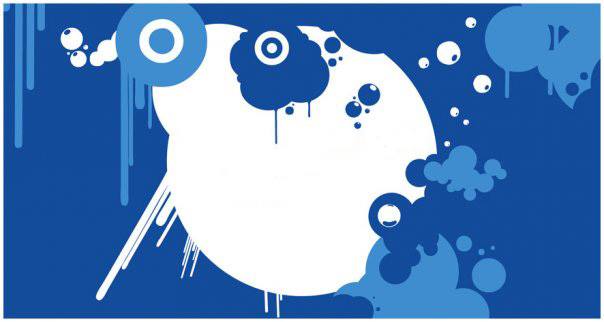
The phenomenon of vivid and lucid dreaming in narcolepsy, characterized by a blend of wakefulness and REM sleep intrusions, presents a fascinating and complex topic for exploration within the context of dream science and consciousness studies. Narcolepsy, a sleep disorder marked by excessive daytime sleepiness, cataplexy, sleep paralysis, and hypnagogic hallucinations, offers a unique window into the mechanics of dreaming and consciousness. This condition exemplifies how the intrusion of REM sleep phenomena into waking life can blur the traditional boundaries between the dream world and reality, thereby enriching our understanding of the subconscious mind.
Narcolepsy disrupts the normal sleep-wake cycle, causing elements of REM sleep, such as vivid dreaming and muscle atonia, to occur during wakefulness. This results in a direct portal into the dream world, which is usually hidden from our conscious experience.
From a psychological perspective, narcolepsy could be seen as a manifestation of the unconscious mind breaking through the barriers that normally separate it from conscious awareness. The vivid dreams and hallucinations experienced by narcoleptics are rich with symbolic content, offering insights into the personal and collective unconscious.
The content of these vivid dreams and hallucinations could be interpreted as expressions of repressed desires or unresolved conflicts, making narcolepsy a fascinating condition for psychoanalytic exploration. The dreamer’s ability to remember and reflect on these experiences provides a unique opportunity to analyze the workings of the subconscious mind.
This condition also raises interesting questions about the nature of consciousness and the experience of reality. Lucid dreaming, in which the dreamer is aware that they are dreaming, becomes a more common occurrence, suggesting that the boundaries between conscious and unconscious states are more permeable than previously thought.
The therapeutic potential of these vivid dreams and hallucinations should not be overlooked. They can serve as a creative wellspring, inspiring artistic and problem-solving breakthroughs. By examining the content of these dreams, we can also gain insights into the dreamer’s emotional state and psychological needs.
The frequency and vividness of dreams in narcolepsy could provide valuable data for dream research, challenging existing theories about the function of dreaming. This might lead us to reconsider our understanding of why we dream and what role dreams play in cognitive and emotional processes.
It’s crucial to consider the neurological underpinnings of narcolepsy and its impact on the brain’s architecture of dreaming. By studying how narcolepsy alters the normal patterns of sleep and dreaming, we can learn more about the brain mechanisms that govern these states and how they intersect with consciousness.
In conclusion, the phenomenon of vivid and lucid dreaming in narcolepsy not only offers profound introspective insights and spiritual experiences for individuals but also serves as a valuable lens through which scientists and scholars can explore the intricate relationship between dreaming, consciousness, and the subconscious mind.

picture by DALL-E2
DR George Northoff in his book “neuropsychoanalysis in practice” discusses the question of why dreams appear so real and vivid, and why they contain objects. The author suggests that the brain is predisposed to creating a sense of space and time, and that this is what makes dreams feel so real. Additionally, the author suggests that the objects in dreams are created by the brain based on memories of past experiences.
* Rest-state activity in the brain: The author suggests that different levels of activity in different parts of the brain during sleep may lead to different dream experiences.
* Phenomenal space and time: This refers to the subjective experience of space and time, which is created by the brain. The author suggests that this is what makes dreams feel so real.
* Rest-stimulus interaction: This refers to the way that the brain interacts with external stimuli while we are awake. The author suggests that a similar process occurs during sleep, but with internal stimuli instead of external stimuli.
* Brain-object differentiation: This refers to the process by which the brain distinguishes between itself and the external world. The author suggests that this process also occurs during sleep, but that the objects in dreams are internal rather than external.
The author concludes by suggesting that the reason why dreams seem so real and vivid is because the brain is constantly creating a sense of space and time, and that the objects in dreams are created based on memories of past experiences.
It is important to note that this is just one theory about why dreams occur, and there is still much that we do not know about them.
*Key Points
* *Focus on Neuroscience:* Our Website approach often looks at dreams through a neuroscientific lens. He investigates the physiological and neurological changes that occur during dreaming to understand why they happen. This approach aligns with the theory explaining how differences in brain activity affect dream experiences.
* *The Brain as Author:* Both the image’s theory and Our Website approach likely agree on the idea that the brain is the primary creator of our dream experiences. The brain draws on memories, sensations, and emotions to construct the dreamscape.
* *Exploration of Dream Realism:* Our Website approach has likely explored questions similar to why dreams feel so real. This focus ties into the text’s exploration of “phenomenological space and time” – the brain’s way of creating a sense of reality within the dream.
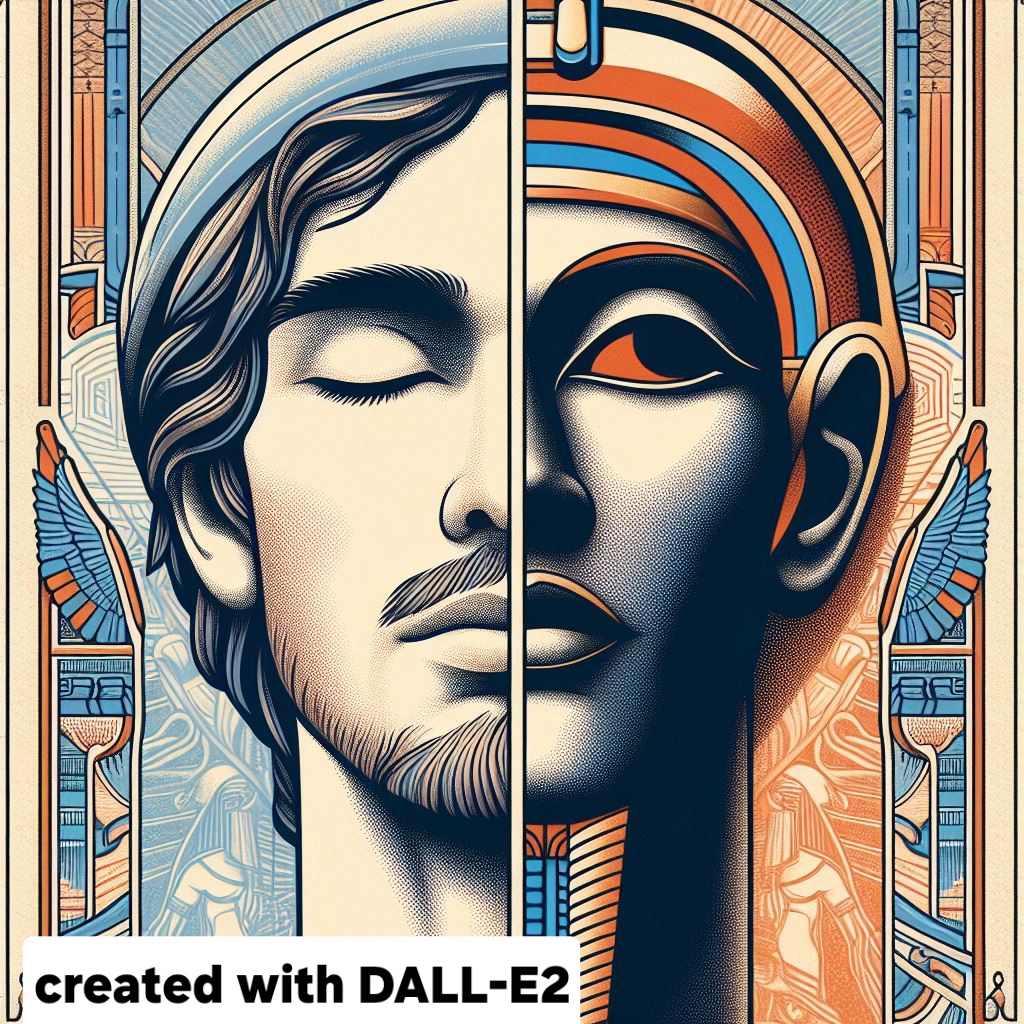
Below are some notable works by Dr. Georg Northoff:
The exploration of sleep disorders such as REM Behavior Disorder (RBD), narcolepsy, sleep paralysis, and hypnagogic hallucinations reveals a complex interplay between neurological processes, autoimmune reactions, and the creative depths of the human mind. These conditions not only present significant challenges for those affected but also provide valuable insights into the functioning of the brain during sleep.
It particularly highlights the concept of double consciousness, where the perception of reality coexists alongside a dream world
REM Behavior Disorder (RBD) and Its Neurodegenerative Links RBD is characterized by the failure of the brain’s mechanisms to maintain paralysis during REM sleep, causing individuals to act out their dreams. This disorder predominantly affects older adults and has been linked to an increased risk of developing neurodegenerative diseases such as Parkinson’s disease. The connection between RBD and literary figures like Don Quixote highlights a long-standing curiosity about the disorder. Research, such as the study by Postuma et al. (2023), emphasizes the predictive value of RBD for neurodegenerative diseases, suggesting that early identification of RBD could lead to potential interventions to slow or prevent the onset of these conditions.
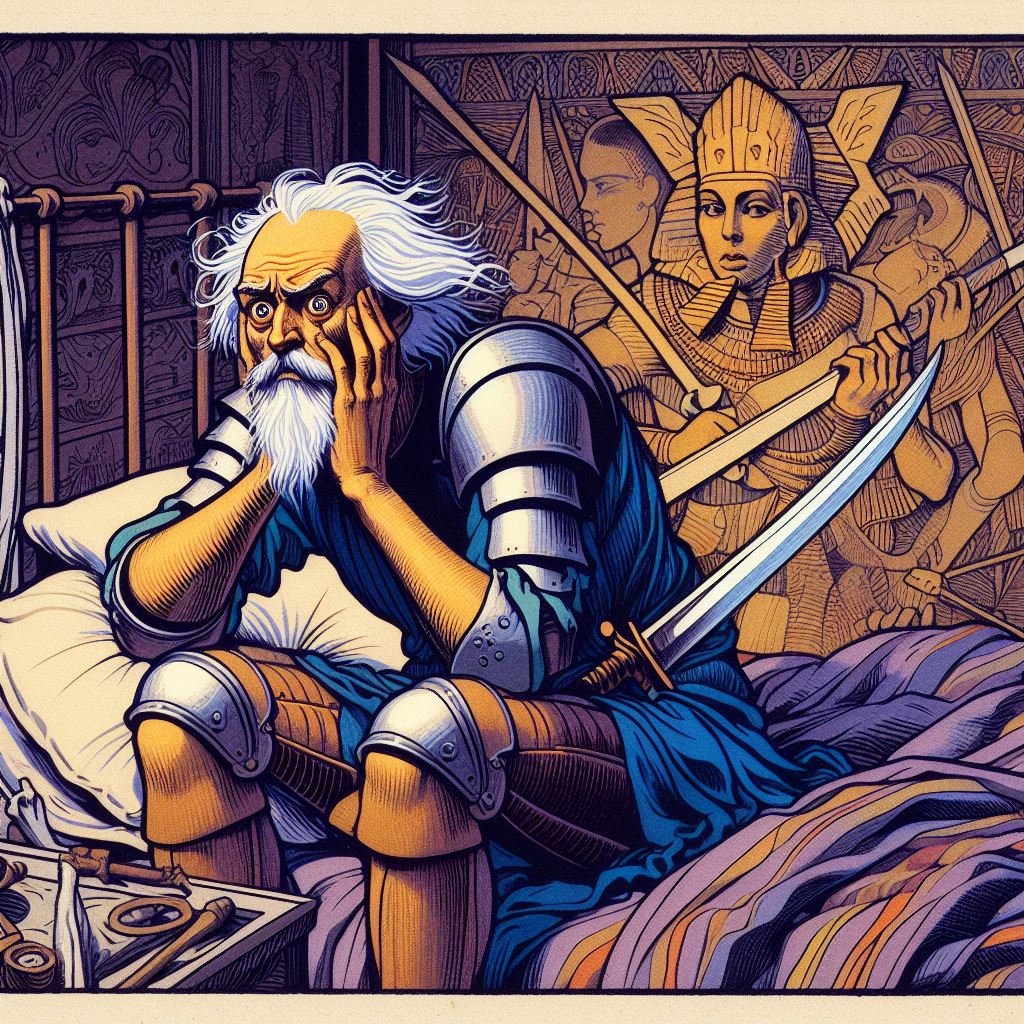
illustration with DALL·E 2
Narcolepsy and Its Autoimmune Underpinnings Narcolepsy is marked by symptoms such as inappropriate sleep paralysis and cataplexy, reflecting a malfunction in the regulation of sleep and wakefulness. The discovery of the autoimmune destruction of hypocretin-producing neurons in the hypothalamus, as discussed in research by Black et al. (2023), offers a deeper understanding of narcolepsy’s etiology. This autoimmune perspective opens new pathways for therapeutic approaches aimed at targeting the underlying causes of narcolepsy, rather than merely managing its symptoms.
Sleep Paralysis and Hypnagogic Hallucinations: A Dual Perspective Sleep paralysis, experienced by both the healthy population and more frequently by those with narcolepsy, manifests as an inability to move or speak during the transition between sleep and wakefulness. Accompanied by vivid, often unsettling hallucinations, sleep paralysis represents a disruption in the normal sleep cycle, with Jalal’s (2022) neurocognitive model suggesting a key role for disturbances in REM sleep. Hypnagogic hallucinations, on the other hand, are seen as a manifestation of the brain’s creative potential, with research by Mallett (2023) linking these experiences to creativity and altered states of consciousness. These hallucinations challenge our perceptions of reality and highlight the brain’s capacity for imagination and problem-solving.
RBD and Neurodegenerative Links:
Narcolepsy and Autoimmune Insights:
Sleep Paralysis – A Neurocognitive Model:
Hypnagogic Hallucinations – Creativity and Consciousness:
The central myth of human culture, and particularly of Western culture, is the victory over and taming of the beast, even killing or sacrificing it. The god, the ancient king, and the hero are depicted as those who can conquer the primal beast and dominate it, or as accompanied by a beast they control, symbolizing their power.
Human consciousness fundamentally requires the suppression, weakening, restriction, and even denunciation of the animalistic-instinctual elements because they symbolize the unconscious power threatening to take over. Consciousness is built by strengthening the control of consciousness over the instincts within the psyche. In Western cultures, the beast as a symbol of physical instincts is considered inferior. Many parts of the body are deemed impure; the organs of excretion, body secretions, and menstrual blood. The distinction in Judaism and other ancient cultures between an impure and pure animal is one way to differentiate between the threatening and the positive elements of the beast. Purification rituals related to the body help to accept the physical and neutralize its negative quality.
Animals symbolize in myths, legends, and dreams the unconscious instinctual-impulsive-physical-sensory aspects of ourselves that belong to the realm of the body. Freud called them ‘id’, and Jung called them ‘shadow’, with which we come into the world. The tendency is to regard the ‘id’ and ‘shadow’ as negative, although in the natural kingdom of the psyche, nothing is inherently good or bad.
Therefore, as compensation for this view, stories have emerged that restore value to the body’s beast: in healing tales, often the animal the person encounters is their guide. It shows them the way. One may need to learn to accept the beast with its repulsive parts to reveal its quality nature. Thus, in the story ‘The Frog Prince’, where the girl has to kiss the frog and then he is revealed to be a prince. And in the tale ‘Beauty and the Beast’, where what seems ugly and beastly is redeemed through love. This is the alchemical transformation of the beast’s inferior element into its noble aspect. In these instances, the beast symbolizes the person’s shadow aspect, which they learn to live with peacefully and discover its beneficial qualities.